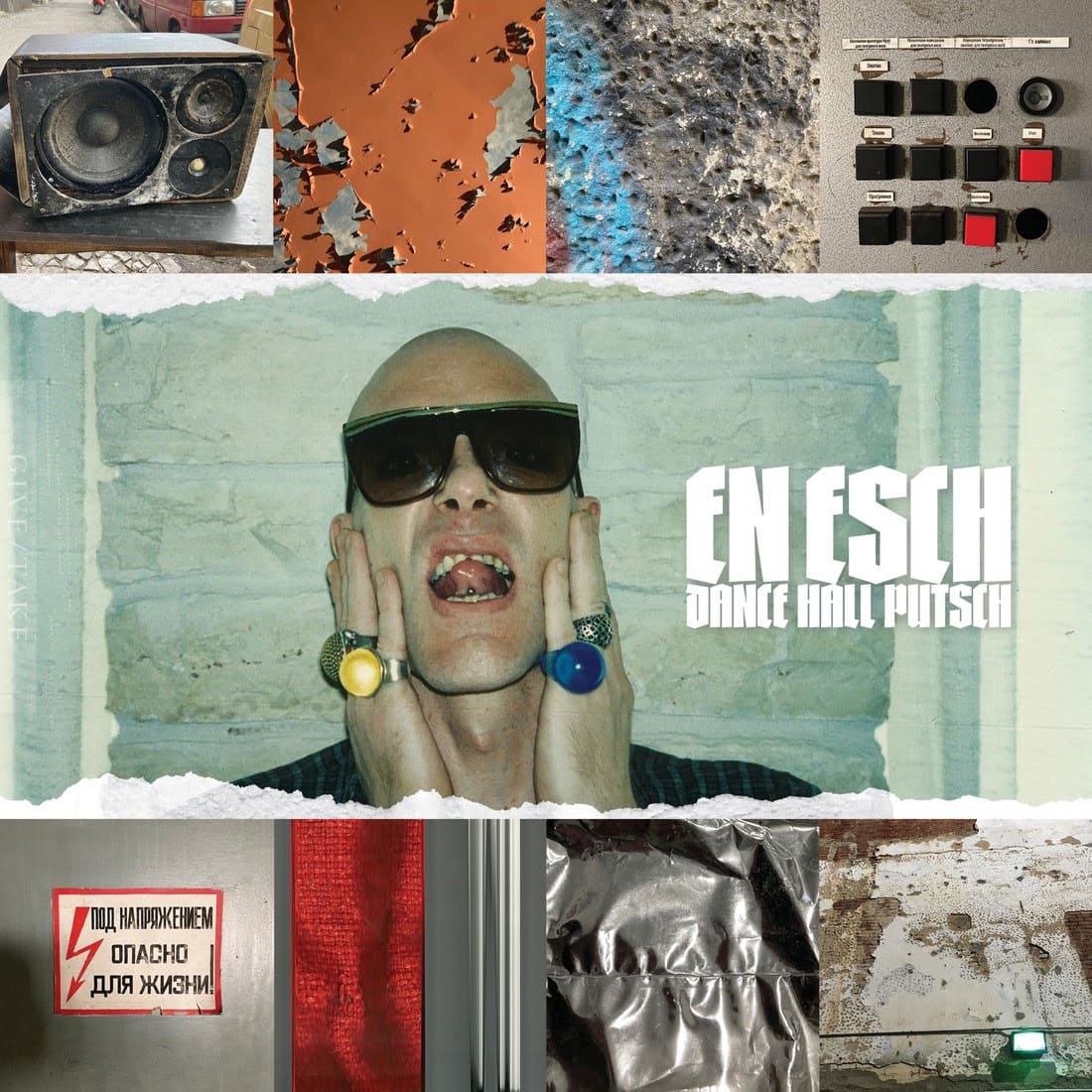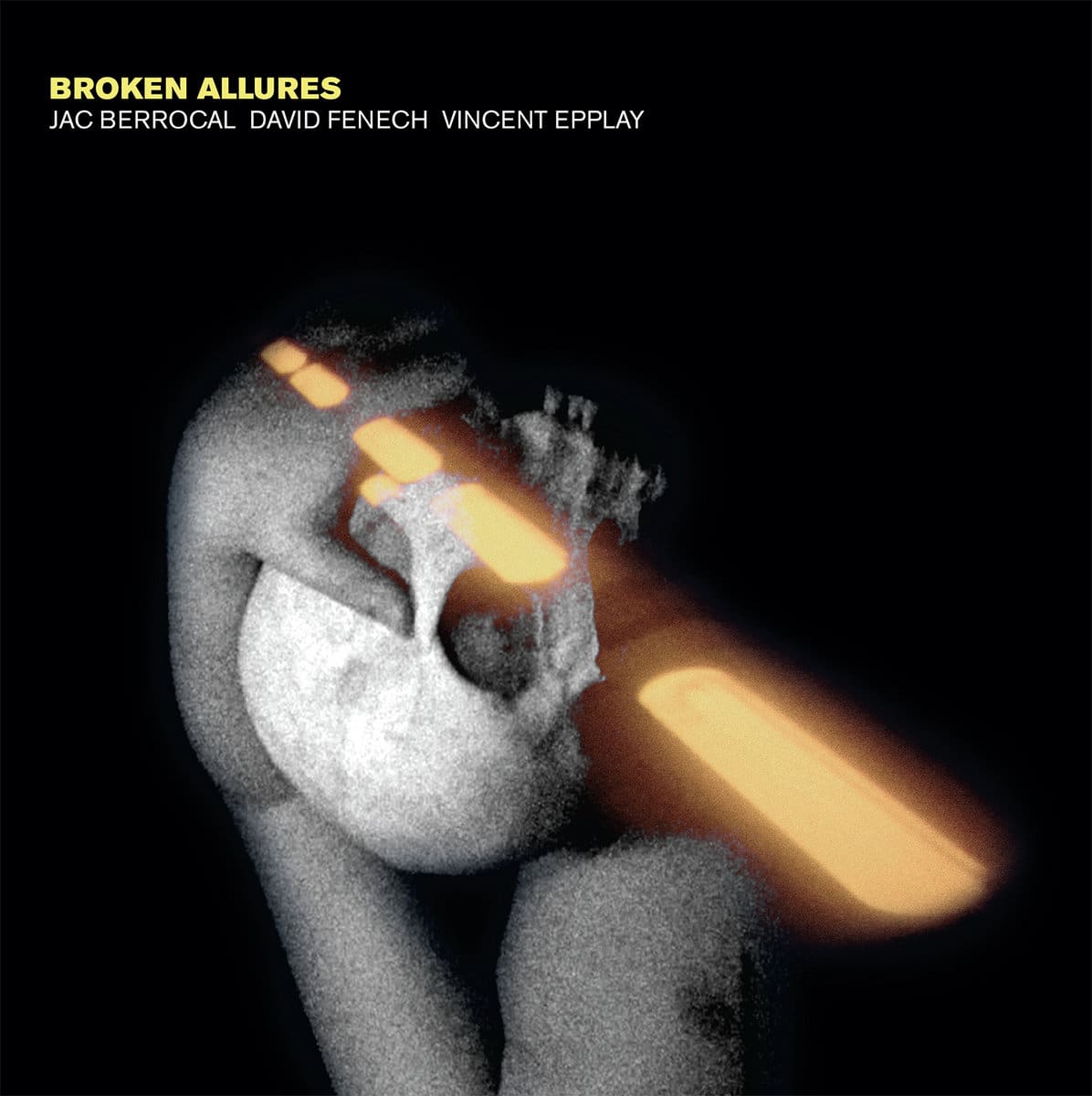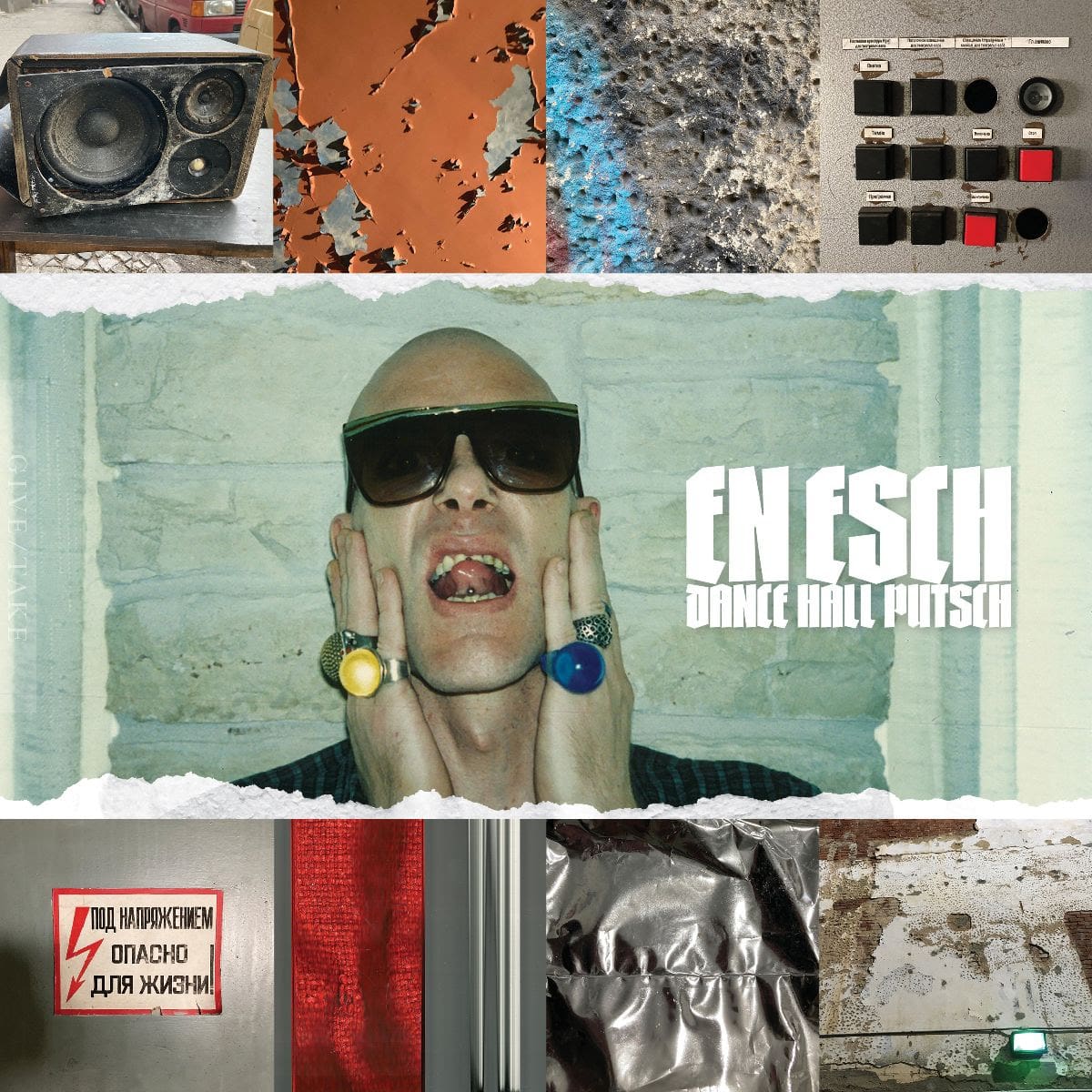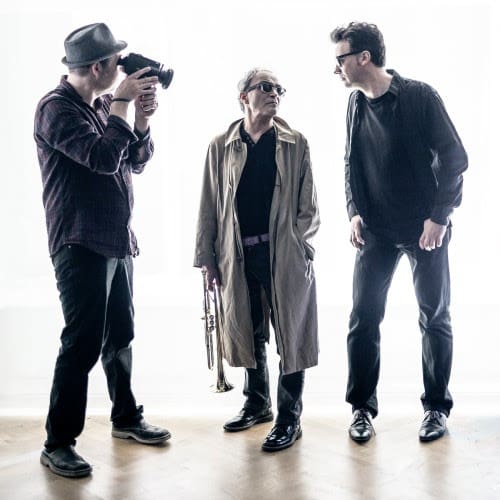Click Interview with EbE404: ‘The Experience Of The Listener Is Really The Focus Of The Project.’

I this year discovered this American project -which wants to remain anonymous, by their second full length album. “Inrush” is a brilliant piece of visionary Electronic music. Released on Give/Take the work brings elements of IDM, Industrial and Ambient together. The overwhelming sound production left me breathless. This is an intelligent and elaborated production, which I can only but highly recommend. This interview gives you a bit more information about EbE404.
(Courtesy by Inferno Sound Diaries)
Q: First things first, how did the sonic project EbE404 see the daylight? Who’s hiding behind the project and what were the initial goals when it came to sound and creation?
EbE404: It was really a convergence of several different things, but it’s honestly a little difficult to pinpoint. The project has bubbled for many years but, as these things often go, there was a moment where it was decided ‘it’s time’ and all of those odd bits of work finally started to coalesce into something to be inflicted on the broader world.
The personnel are not particularly relevant or interesting in isolation. They are just elements of what ultimately winds up being the experience of taking in the work. That- the experience of the listener, wherever they are physically, mentally, or emotionally- is really the focus of the project. It’s all about finding that unique combination of circumstances, environment, context, and people that results in something significant and meaningful. To that end with this project, the people twiddling knobs are no more important than the room the listener is sitting it- we’re all just components in the circuit.
Q: The name of the project sounds rather intriguing, but what does it stand for and is there a link with Extraterrestrial Biological Entity?
EbE404: The name came about quite some time ago and was one of those things that has a quality that caused it to keep resurfacing over the years. There’s an ambiguity to it that relates well to the work and it’s fascinating and wonderful to hear how people interpret it or what comes to mind for them. Ultimately, what matters is what it means to the listener. So, while the name hints at several different things, can be written or spoken differently, etc., the correct answer is the one that somebody believes it to be.
Q: You this year released your second album “Inrush”, which compared to the debut work “Tedium and Loss” reveals an interesting evolution in sound and production. How do you analyze this evolution, and do you handle specific guidelines and/or references when it comes to the global production process?
EbE404: The process for “Inrush” was a bit of a meandering one, honestly. “Tedium And Loss” has a certain sound and is of a time and place. It came together to reflect a specific period and environment.
“Inrush” however, came about in a much different way. During the time following the release of “Tedium And Loss”, a lot of focus was spent exploring different techniques, technologies, composition approaches, and sounds. There were around 70 tracks that were created over that timeframe covering many different sounds. For example, the track “IDT” that came out on a No Devotion Records compilation is radically different in style.
But the important thing for this release was not the individual tracks, but rather the story and narrative that they came together to build. After going through everything that was created, that image gradually emerged- the exploration of cycles and patterns and how we rely on these things, often without being aware of them until they are disrupted. “Inrush” is a condensed 24-hour cycle, starting with stepping into the conscious world, annoying drudgery, a neurotic panic attack in the middle of the night, and so on. Patterns and circuits for everything from our mental processes to our daily routines to the machines that are telling the story.
Q: The use of modular/analogue equipment definitely appears to be an essential element in the sound and production of EbE404. How did you come to work with this specific equipment and what’s your perception of software synths?
EbE404: Modular is indeed an enormous part of the toolset, and honestly, it’s more than just a piece of hardware. This project has used a lot of things over the years, being in and out of the box, traditional and found objects, but there was something about the way a modular system works that just clicked. It’s constrained, limited, fussy, you can’t save anything, so you have to make commitments and decisions and go with what is coming out instead of endless tweaking and adjusting. It’s amazingly ‘in the moment’ and that is hugely inspiring. But one of the best things about modular is its unpredictability. You set up the environment and the rules, but then the synth does its thing as it sees fit. The best moments are when you are only about 80% sure of what is actually going on- that’s when the synth ceases to be an instrument and becomes a collaborator, pushing and pulling things into being that would not otherwise be there.
Software synths are what the user makes them to be, and they can be incredibly useful tools. VCV Rack, a software-based modular synth, gets a lot of use in the composition process, its utilities compliment the hardware really well. Ableton Live is also a key part of the system- not for loops or as a sequencer, but as a modular environment for sound design. Using CV Tools, Max for Live devices, and some of the modulation options, it’s possible to do some really interesting things with effects and sound design. Hopefully, that comes out in the music and things don’t sound like just an average reverb dumped on a stock synth. Nothing wrong with that, but that is not the aim of this project.
Q: You claim to be inspired by Industrial pioneers like Coil, Nurse With Wound and Lustmord. What do you like in their sound composition and how do you transpose their ideas into a proper creation? Do you handle specific references and/or criteria in writing and production?
EbE404: The inspiring thing about those artists, as different as they are from each other, is that so much of the focus is on texture, atmosphere, and sonic emotion created with and for an unconventional space. It’s challenging music that rewards the effort and attention given to it. Perhaps the most aspirational thing an artist can do is create a sound that nobody has ever heard before and create a truly unique world. But another important characteristic of these artists is how they were able to span so many genres and sounds while fundamentally being and sounding like themselves- that is a truly hard thing to do.
People sometimes get a bit confused listing to an album like “Tedium and Loss”, then catching a video on social media that is more beat driven and perhaps even relatively poppy. But it’s all coming from the same place, and hopefully there’s enough of a throughline there that is makes sense.
Another important element is that there is a sense of humor present. Darkness and gloom are where most of us live, but artists that can also embrace that throughline of humor that has honestly always been part of industrial music are usually more interesting.
When creating a track, it’s usually designed and performed in one session. The inspiration is usually some kind of random thought, for example “Fuzzy Thought From 20 Years Ago” was trying to capture that hazy moment as you are almost asleep, but your mind jumps back to sounds and moments from what was almost a previous life, relayed through the filter of semiconsciousness and an unreliable narrator.
After something is captured, it sits for a while and if it seems to still mean something when it’s revisited later, then it might come out, maybe with some slight adjustments or augmentation, but the less of that the better. And if it doesn’t work or fit with a narrative, away it goes, probably never to be heard from again.
Q: I think there’s a remix album in the pipeline, right? Tell us a bit more about its content and what are the further plans about live performances, new compositions, etc.?
EbE404: Yes. “Inrush” was conceived as a single cycle of a series of patterns. But the thing about the patterns in our lives is that they are always under the influence of the external world, so they vary from cycle to cycle. What we wanted to do was invite other artists to be that influence to mutate and modulate the cycle. So, the request was to imagine the part of the day that a given track represents- but imagine how that would have been altered by something else influencing it. Maybe you spilled coffee on your sock, maybe you got no sleep the night before due to a particularly rough dream, etc. What would this routine moment sound like with that bit of contextual mutation? The results are truly wonderful, and the artists that contributed to the album did amazing work to reflect that theme. It will be coming out on Give/Take soon.
There are some upcoming live performances, but it’s honestly difficult to say what those will be like. Each live performance is a custom piece and composition, so it’s hard to nail down exactly what it will be before it actually happens. Besides, what fun would that be?
For future work, there are several things in process- some exploring much different territory than either “Tedium And Loss” or “Inrush”. We’ll see where that goes- it might all blow up and mutate into something completely different tomorrow.
Since you’re here …
… we have a small favour to ask. More people are reading Side-Line Magazine than ever but advertising revenues across the media are falling fast. Unlike many news organisations, we haven’t put up a paywall – we want to keep our journalism as open as we can - and we refuse to add annoying advertising. So you can see why we need to ask for your help.
Side-Line’s independent journalism takes a lot of time, money and hard work to produce. But we do it because we want to push the artists we like and who are equally fighting to survive.
If everyone who reads our reporting, who likes it, helps fund it, our future would be much more secure. For as little as 5 US$, you can support Side-Line Magazine – and it only takes a minute. Thank you.
The donations are safely powered by Paypal.











